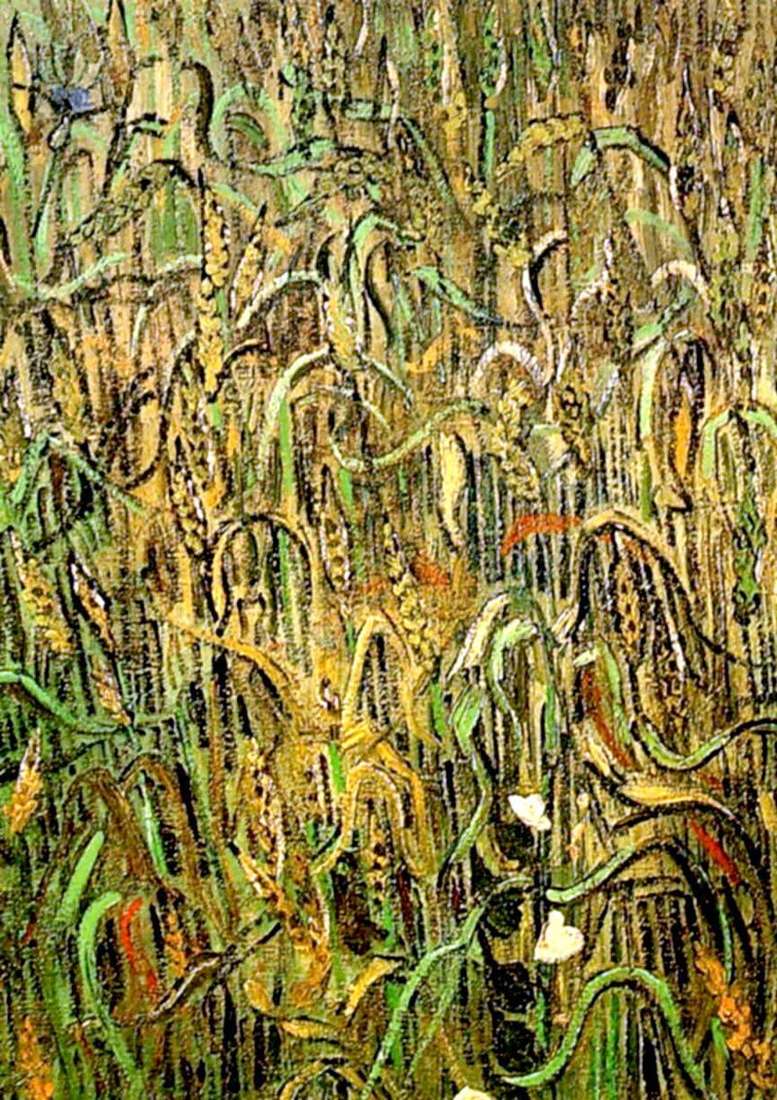
This famous work was written by Van Gogh in July 1890, nineteen days before his death. According to one version, stated, in particular, in the film “The Thirst for Life”, the artist committed suicide immediately after writing the picture. But this assumption does not have sufficient grounds. A study of Van Gogh’s letters shows that this picture was not his last work, but this issue has not been fully explored yet.
The depressiveness and darkness of the picture fully illustrates the spiritual gap that led Van Gogh to perish. The picture is divided into two parts, the sharp contrast of which sounds a heavy disharmonious chord. Thick, almost black strokes of the sky create a nervous dynamics in the upper part.
Yellow wheat bends under the gusts of the wind. Three winding uneven roads seem to go nowhere, lost among the ears. Somewhat frightened crows flock to the sky, writing out the letters “M” on the canvas. Their deaf blackness gives the picture some depth, but it makes it even more gloomy.
Van Gogh wrote that at the sight of the boundless wheat fields he is grieved and sad. Here we see the extreme manifestation of these emotions. Smears chaotically sketched on the canvas by a heavy nervous hand of a man who no longer has control over his condition. The heavy burden of life’s losses, sharp internal contradictions has outweighed that beautiful bright beginning, which Van Gogh, unfortunately, was never able to convey to people in life.
 Wheatfield with Crows by Vincent Van Gogh
Wheatfield with Crows by Vincent Van Gogh Wheat Field by Vincent Van Gogh
Wheat Field by Vincent Van Gogh Wheat Field with Ravens by Vincent Van Gogh
Wheat Field with Ravens by Vincent Van Gogh Wheat field with a lark by Vincent Van Gogh
Wheat field with a lark by Vincent Van Gogh The edge of a wheat field with poppies by Vincent Van Gogh
The edge of a wheat field with poppies by Vincent Van Gogh Green wheat field with cypress by Vincent Van Gogh
Green wheat field with cypress by Vincent Van Gogh The wheat field at dawn and the reaper II by Vincent Van Gogh
The wheat field at dawn and the reaper II by Vincent Van Gogh Wheat ears by Vincent Van Gogh
Wheat ears by Vincent Van Gogh